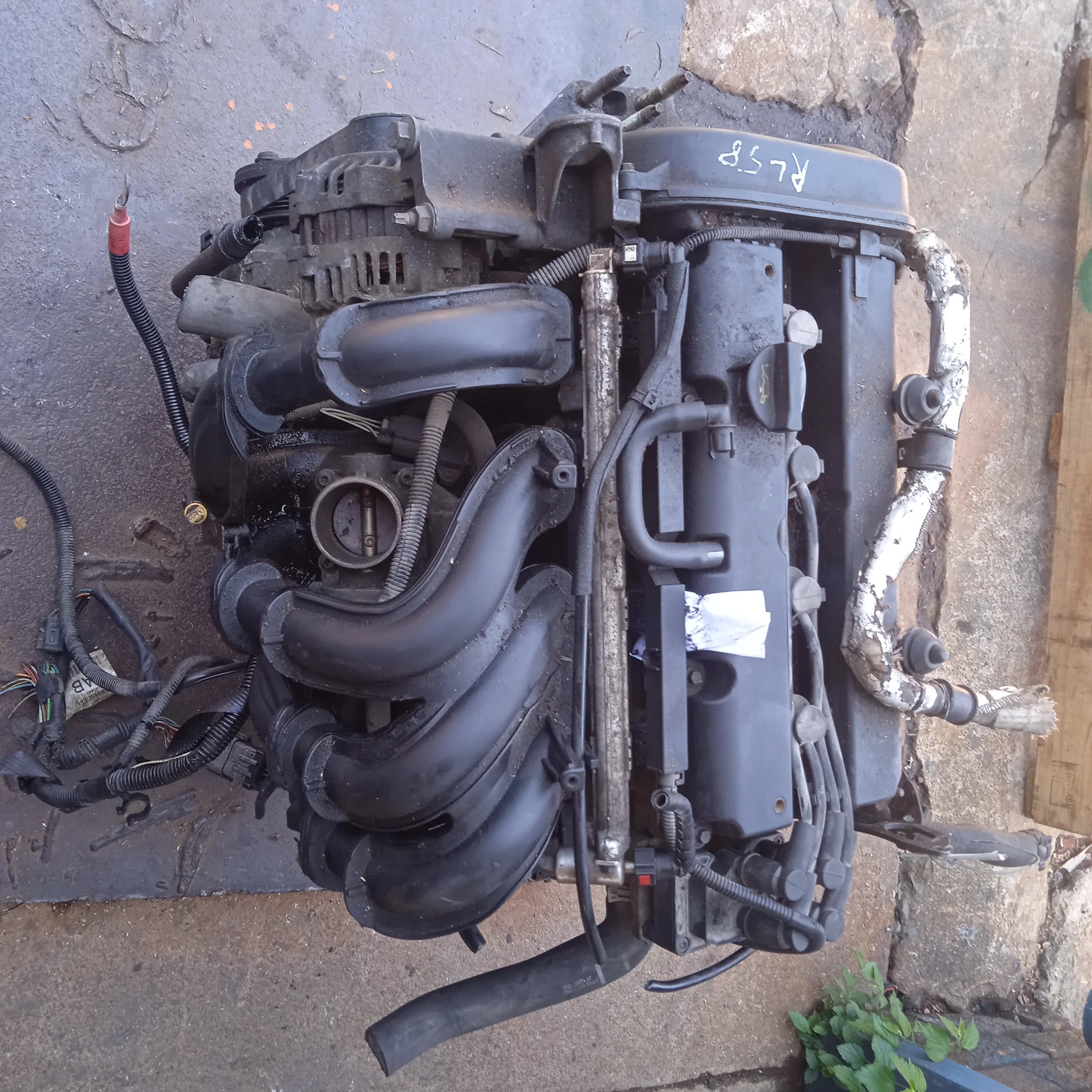Opening the Power of Engines: A Comprehensive Guide to Efficiency and Performance
Comprehending the complex auto mechanics of engines is important for both performance enthusiasts and everyday drivers. The solutions might redefine our strategy to engine efficiency and efficiency in means that are both enlightening and essential.
Comprehending Engine Basics
What comprises the fundamental auto mechanics of an engine? At its core, an engine is a maker developed to transform fuel right into mechanical power through a series of regulated explosions or combustion procedures.
The crankshaft then transforms this straight activity into rotational energy, which eventually powers the lorry. The camshaft controls the opening and closing of the valves, regulating the consumption of air and gas and the expulsion of exhaust gases. In addition, the engine counts on a carefully adjusted fuel-air combination, ignition system, and cooling system to make sure optimal efficiency and effectiveness.
Comprehending engine essentials likewise involves acknowledging the value of engine cycles, such as the four-stroke cycle, that includes consumption, compression, power, and exhaust strokes. Each phase is critical in ensuring the engine operates efficiently and properly. Mastery of these essential mechanics lays the foundation for checking out more complicated engine dynamics and efficiency metrics, important for optimizing both power result and efficiency.
Key Efficiency Metrics
Trick performance metrics are essential for reviewing an engine's effectiveness and power outcome, providing beneficial understandings for both customers and suppliers. These metrics offer as criteria for engine performance, enabling informed choices in acquiring, layout, and production.
One of the key metrics is horsepower, which quantifies the engine's capacity to do job over time. Torque, measured in pound-feet, is another vital statistics that shows the engine's rotational force, straight impacting acceleration and lugging ability. Fuel efficiency, typically measured in miles per gallon (MPG) or litres per 100 kilometers (L/100km), examines exactly how properly the engine converts fuel into motion, influencing operational prices and environmental factors to consider.
Additionally, thermal efficiency steps just how well an engine converts gas energy right into useful job, disclosing understandings right into energy losses mostly with heat. Exhaust degrees, consisting of CO2 and NOx, are also crucial, reflecting the engine's environmental effect and compliance with governing standards.

Tuning Methods for Performance
Tuning methods play a substantial role in enhancing engine efficiency by enhancing performance metrics identified in earlier discussions (ford fiesta engine). Numerous methods exist to fine-tune an engine, each adding to enhanced gas economy and decreased exhausts
One efficient strategy is changing the air-fuel ratio, making sure the engine operates within the optimal burning regime. A leaner mix can improve fuel efficiency, but it view must be balanced to stop misfires or engine knock. In addition, reprogramming the engine monitoring system can recalibrate criteria such as ignition timing, which better enhances effectiveness while maintaining power result.
An additional vital method entails changing the consumption and exhaust systems. Upgrading to high-performance air filters and exhaust headers can reduce back pressure, promoting better airflow. This enables the engine to take a breath even more openly, leading to improved combustion performance.
Additionally, the application of advanced tuning devices, like dyno screening, provides accurate data that allows targeted changes. Frequently monitoring these click here to read performance metrics ensures that tuning efforts generate the wanted performance end results. Collectively, these strategies not just reinforce engine efficiency yet also contribute to long-term sustainability in engine operations.
Upkeep for Ideal Efficiency
Normal engine upkeep is essential for attaining optimal performance and longevity. A properly maintained engine not only runs effectively but additionally decreases the danger of expensive repairs and failures. Key parts needing normal attention include oil, filters, belts, and spark plugs.
Altering the engine oil at recommended intervals is critical, as oil lubricates relocating parts and stops getting too hot. Likewise, replacing oil and air filters makes certain that contaminants do not hinder engine feature. Overlooking these elements can cause decreased performance and possible engine damage.
In addition, evaluating and changing worn belts and hoses is vital to avoid sudden failings. Timing belts, in specific, must be changed according to the maker's schedule to stay clear of tragic engine damages.
Glow connects need to additionally be checked and replaced as needed, considering that they play a vital function in ignition and gas performance.
Future Trends in Engine Modern Technology
Accepting innovations in modern technology, the future of engine style is poised to reinvent performance and effectiveness across various applications. Among the most substantial fads is the shift towards electrification. Hybrid and completely electric powertrains are coming to be significantly conventional, using decreased discharges and enhanced gas efficiency. This transition is not merely a need yet a fad driven by governing pressures and customer need for sustainable services.
Moreover, advancements in materials scientific research are resulting in lighter, stronger parts that enhance engine efficiency while minimizing energy intake. Advanced manufacturing strategies, such as 3D printing, permit the development of intricate geometries that improve air flow and thermal management, thus enhancing burning processes.
In addition, the combination of expert system and equipment understanding is set to transform engine diagnostics and performance adjusting. These innovations can examine vast amounts of data in genuine time, allowing anticipating upkeep and customized efficiency improvements.
Verdict
In final thought, opening the power of engines needs a detailed understanding of their technicians and efficiency metrics. Applying efficient tuning methods and adhering to normal maintenance methods considerably improve engine capabilities.
Furthermore, the engine depends on a very carefully calibrated fuel-air mix, ignition system, and Continue cooling down system to make sure optimum performance and efficiency.
Comprehending engine fundamentals likewise entails identifying the value of engine cycles, such as the four-stroke cycle, which includes intake, exhaust, compression, and power strokes. Proficiency of these fundamental auto mechanics lays the groundwork for discovering much more intricate engine dynamics and efficiency metrics, essential for optimizing both power result and effectiveness.

Accepting advancements in innovation, the future of engine design is poised to revolutionize performance and efficiency across various applications.